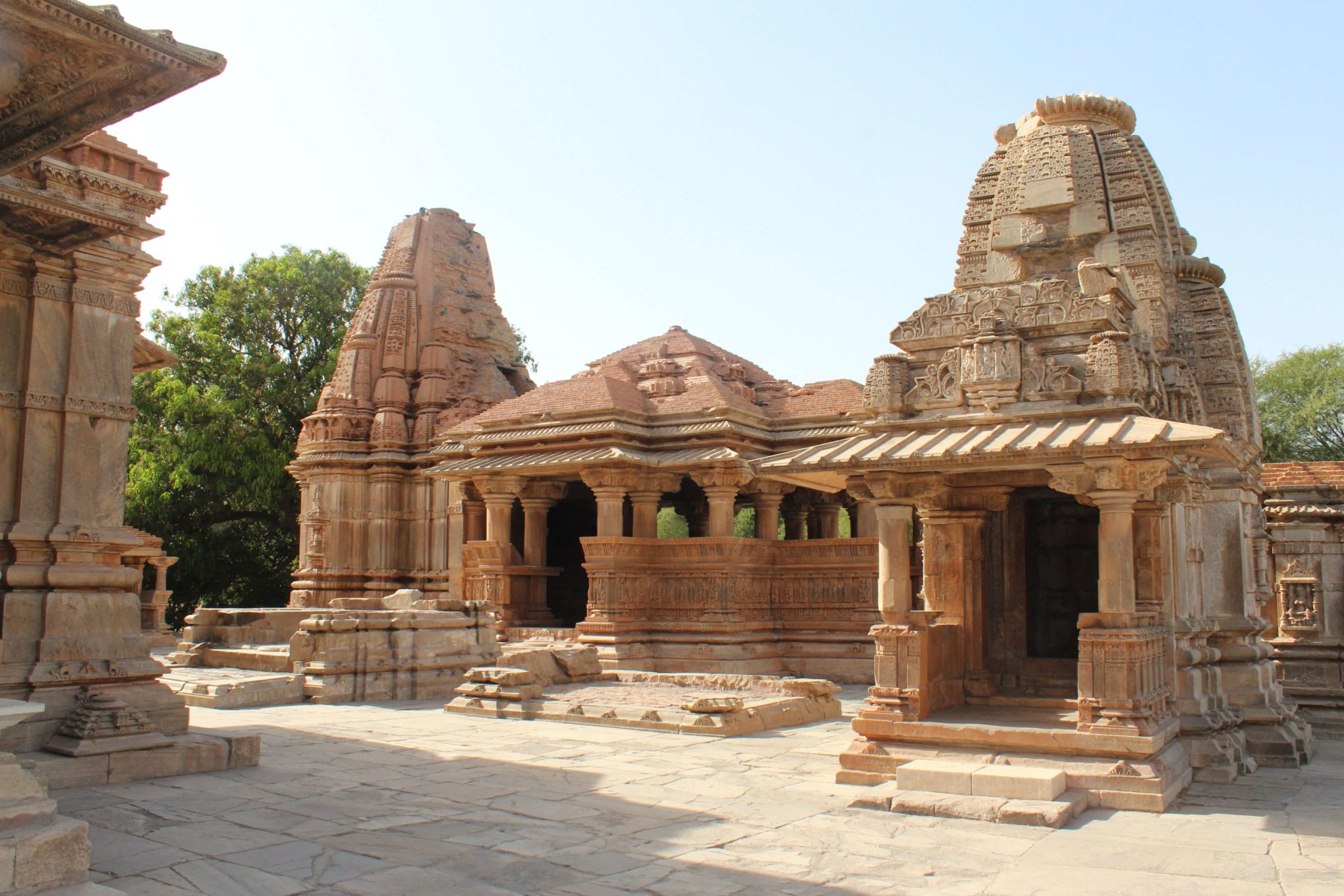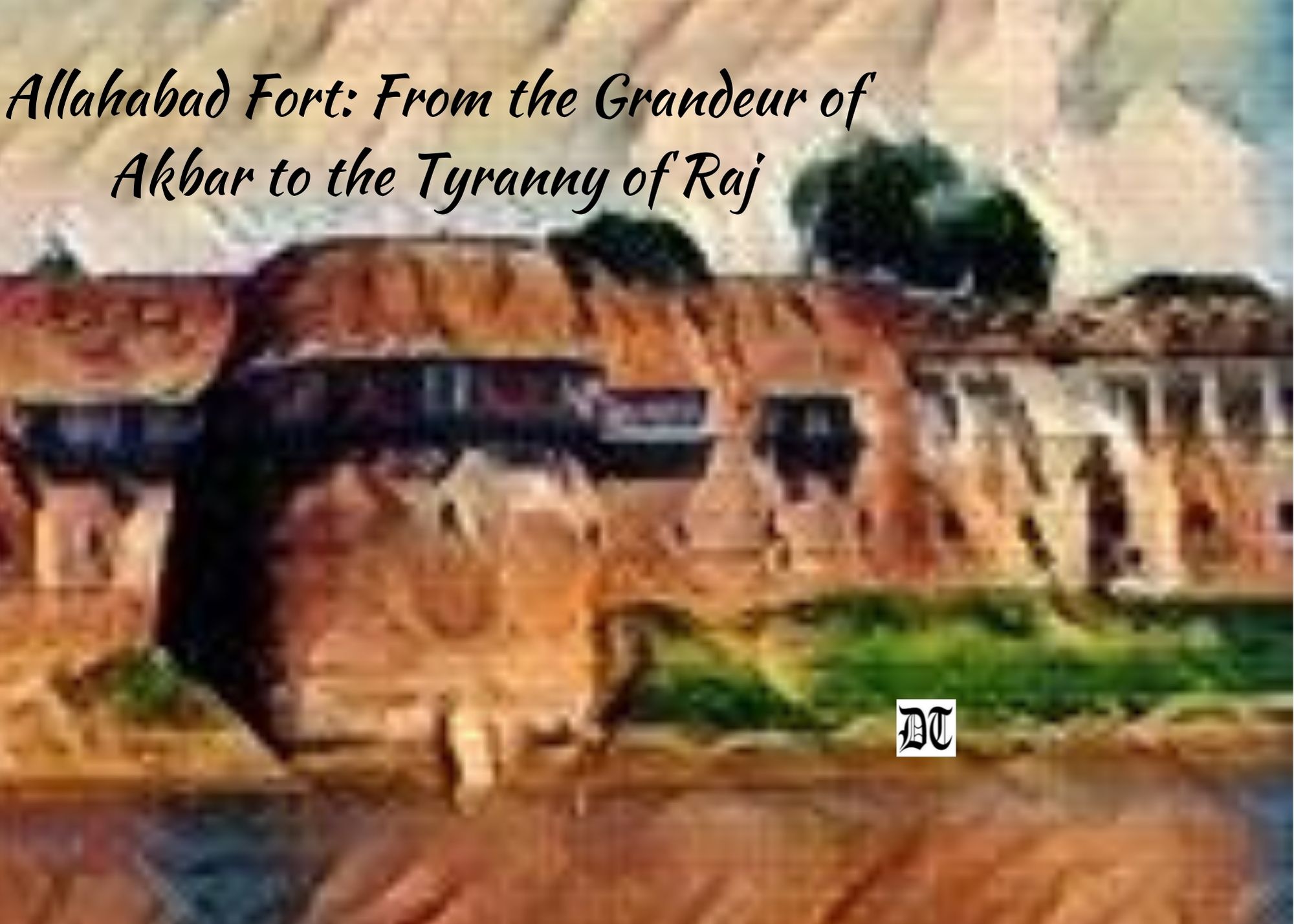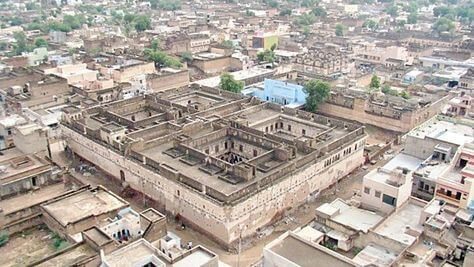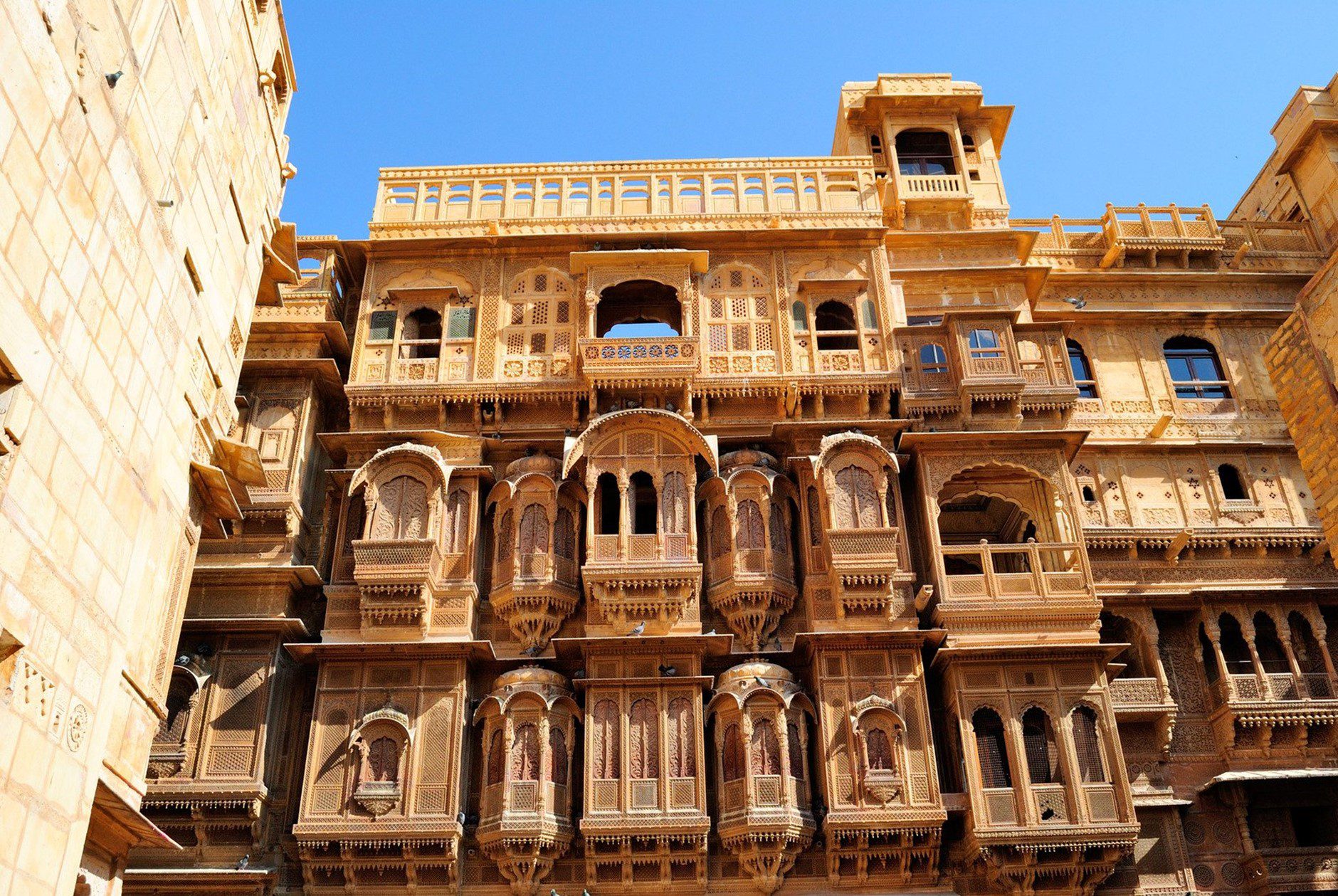Mahabalipuram is the epitome of Dravidian art between 6th and 7th century AD. It was named after the Pallava king Narashimhavarman-I. Situated on the coastal Bay of Bengal, it has been exposed to the corrosive winds and sand. This site has been recognised by the UNESCO. Here’s a Different Truths Special Feature on the World Heritage Day by Anumita.
Located near the Coromandel coastline of the Bay of Bengal, in the state of Tamil Nadu (India), are a cluster of stone carved edifices called the Rock Temples of Mahabalipuram. It was founded almost 2000 years ago, as a port city. Very close to the capital city of Chennai, Mahabalipuram is also called Mamallapuram.
It was named after the Pallava king Narashimhavarman I. His wrestling skills earned him the name Mamallan. The many independent structures stand a symbol of the breathtaking grandeur of the Dravidian art, from the 6th and 7th century AD. It is near to coast, corrosive winds and sand has buffed down the intricate details of the carvings. This site has been recognised by the UNESCO and steps have been taken to protect the stone structures.
Between the 3rd and 8th century AD the Pallava rulers of Kancheepuram constructed these structures in Mahabalipuram. From the Pallava king Narashimhavarman I, his son Mahendravarman I and later their descendants took up the initiative to construct these magnificent structures. As Narashimhavarman was a huge patron of art, his name takes special mention.
Of all the structures and carvings the five Rathas (chariots), Shore Temple, hillside caves and watch towers are the most prominent. The structures are mostly monolithic, carving from the base rock and relief carvings. With time the surface of the rocks are either very smooth to touch or porous due to erosion.
The Five Rathas:
Dedicated to the five Pandava brothers and their wife Draupadi, these five chariots of stones are careved with intricate details. They are also called the Panch (five) Pandava Ratha (chariot) Temples. Four of them are named after the brothers; Dharmaraja Ratha, Bhima Ratha, Arjuna Ratha, Nakula- Sahadeva Ratha and the fifth one is the Draupadi Ratha. The three Rahtas, Dharmaraja’s, Arjuna’s and Draupadi’s, are square. The other two are rectangular in shape. These structures were dated to the 7th century AD. Each of these Rathas has a deity to represent their quality, for example the Draupadi Ratha has the Goddess Durga, signifying fertility. Sculptures of gods like Load Vishnu, Muruga, Shiva, and Krishna carved into their walls. The Nandi bull, elephants and lions are placed outside and around the Rathas. There are sculptures of some of the Pallava Kings, especially that of Narashimhavarman I.
Shore Temple:
The Shore Temple is the sole survivor of the seven other temples in the series of temples on the beach of Bay of Bengal. It is surrounded by line of Nandi Bulls in sitting position in a form of a compound wall. It is a majestic structure commanding the view of the ocean. Built by Narshimahavarman II around 619AD to 750AD, this temple has two pyramids like shrines on one base structure.
Hill Side Caves and Watch Towers:
A large area of caves and base-reliefs with historical and spiritual importance is present in Mahabalipuram. Mahishasuramardhini Cave, Varaha Caves, Krishna Manadapam and Arjuna’s Penance are some of the chiseled out caves. Many Puranic stories are carved in and outside these caves. The Arjuna’s Penance is a tall 43 feet and 96 feet high rock with lot of sculptures inscribed in it. It is the largest in the world. A sage performing penance with one leg on ground symbolises Arjuna’s penance is the center of attraction. This structure dates back to 8th century AD. The motifs on the base depict the descent of the river Ganga on earth to wash away the sins of the mortals.

Watch Tower and Light House:
A watch tower to guide the merchants from ancient times, still exist. Fire lit on the watchtower worked as a light house for the ships in the bay. During the British period a higher light house was built nearby. It commands the full view of the entire Mahabalipuram.

A place where history, mythology, art, architecture and imagination combines to come alive in form of immortal stone carvings, is called Mahabalipuram.
[slider id=’3416′ name=’Mahabalipuram’ size=’full’]
Pix by author.
Other stories of this theme:
http://139.59.80.127/history-culture/architecture-monuments/enigmatic-rome-majestic-capitolini-and-colosseum/
http://139.59.80.127/history-culture/architecture-monuments/nagda-nestled-in-lonesome-solitude/
http://139.59.80.127/history-culture/architecture-monuments/allahabad-fort-from-the-grandeur-of-akbar-to-the-tyranny-of-raj/
http://139.59.80.127/editors-picks/machu-picchu-revisiting-the-wonders-of-the-lost-incan-city/







